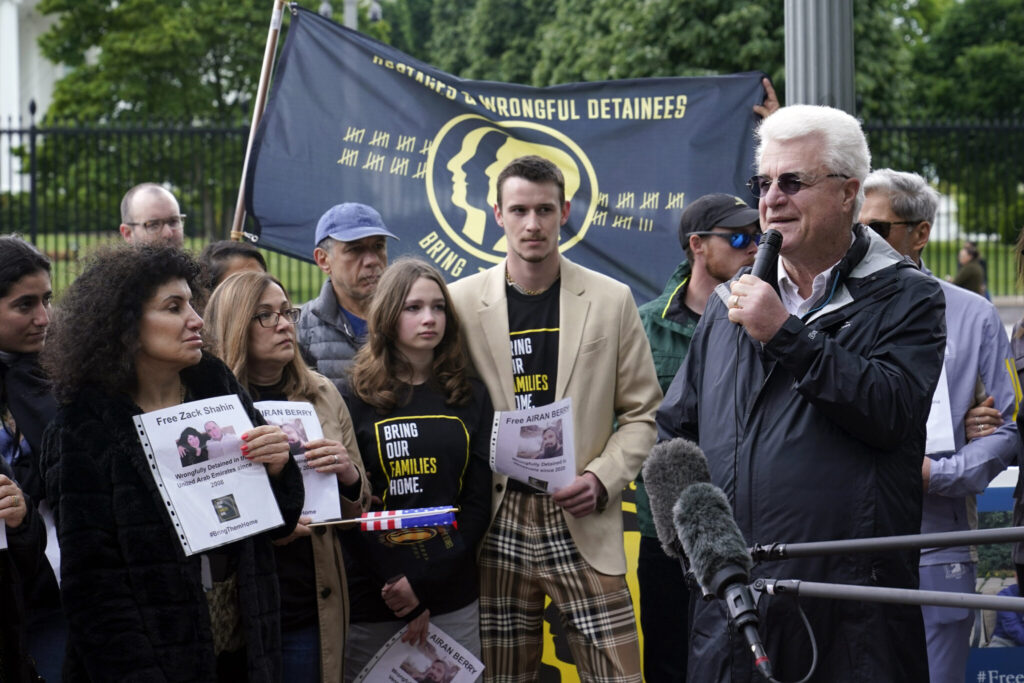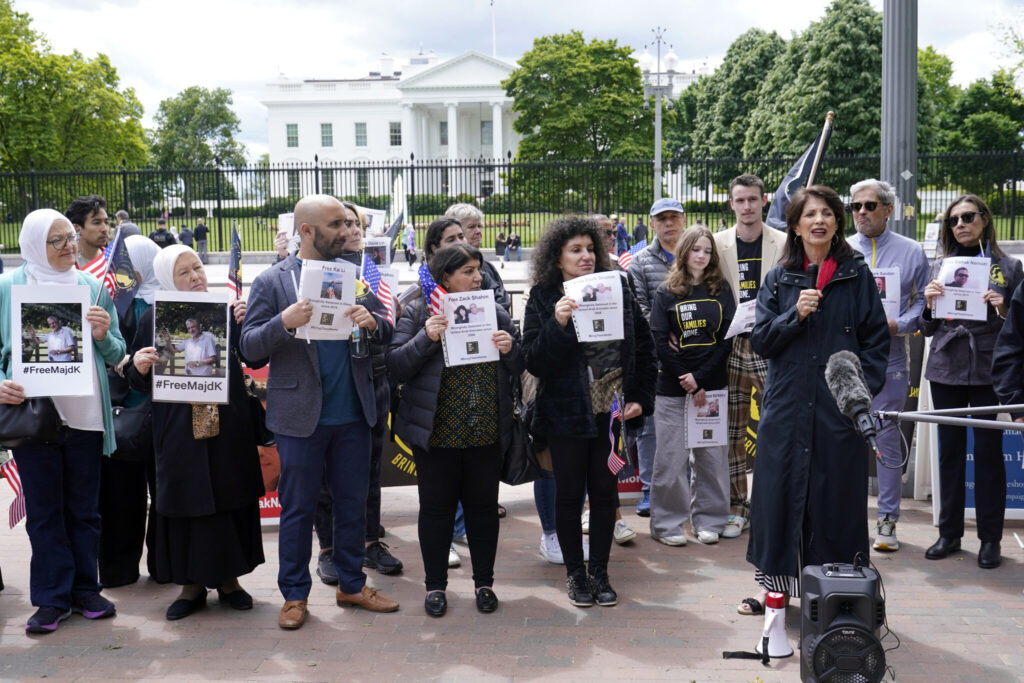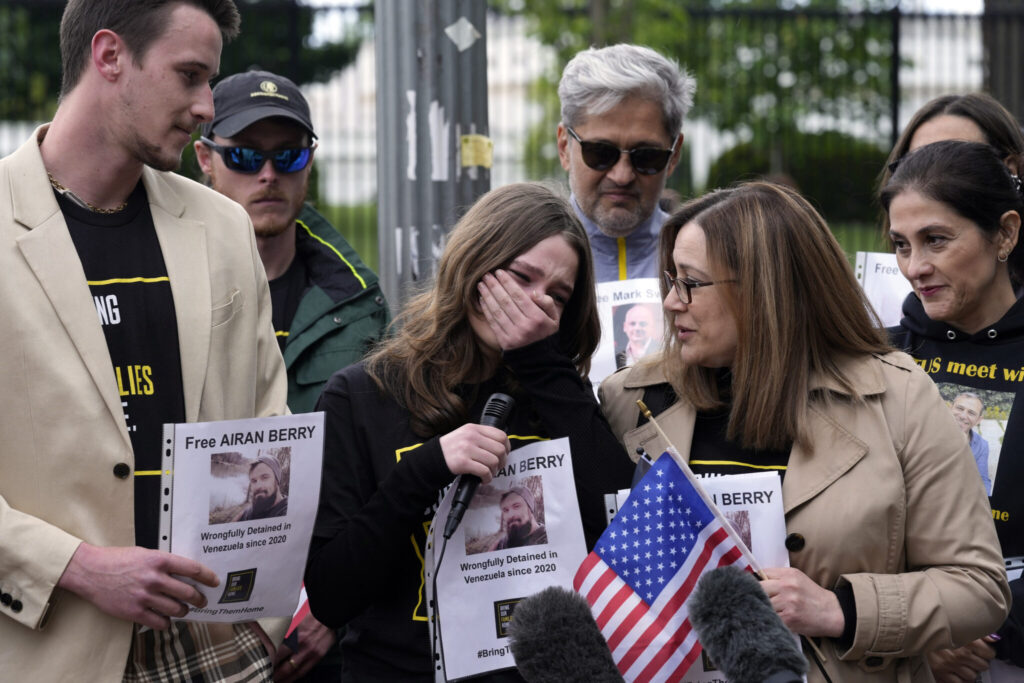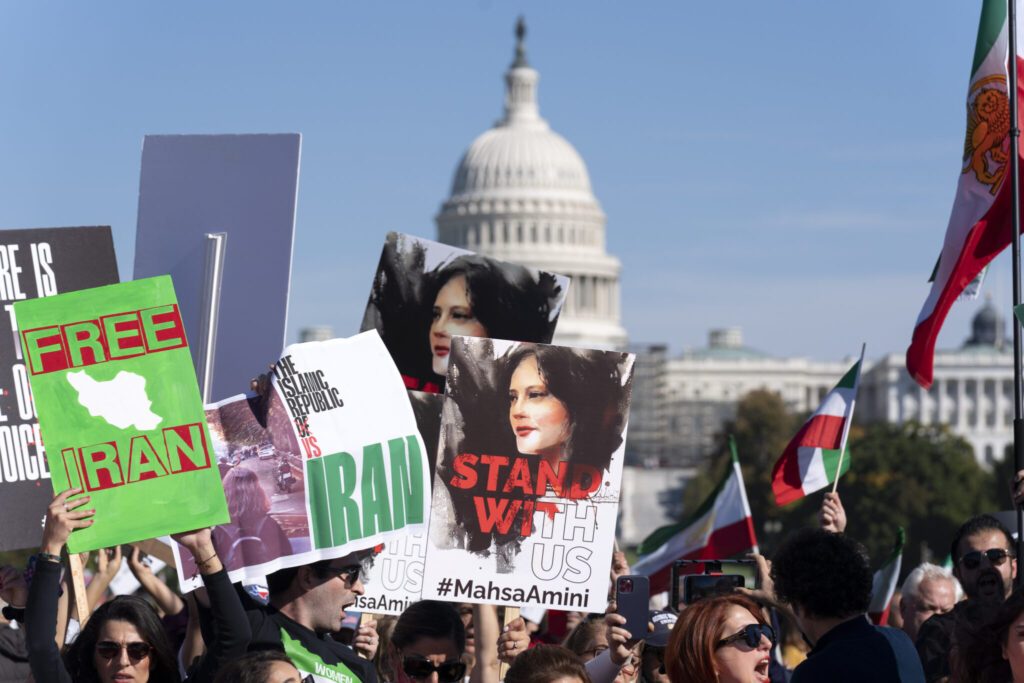Iran’s Future Doesn’t Include a Return to Dictatorship
One clear indication that an autocratic regime of Iran is nearing its end is when individuals gain the courage to publicly demand the removal and overthrow of the autocrat. When once-taboo anti-autocrat chants become widespread and public, it signals a weakening grip on power. This is precisely what we’re witnessing in Iran today, as evidence of the regime’s waning influence abounds.
As the regime’s control over Iran falters, conversations about the nation’s future and the post-ayatollah era have intensified among experts and diplomats from both sides of the Atlantic. The idea of an Iran without its current autocratic rulers is becoming increasingly conceivable. As such, it is crucial to explore the potential implications of this shift on Iran’s political landscape and its interactions with the global community.

The main challenge lies in determining how to overthrow the current Iranian regime. It has become apparent to the global community that Iran’s clerical regime is unconformable, as it is unwilling and unable to change its behavior. Overthrowing this regime necessitates more than mere statements or press conferences in Europe or the US. People are eager for change, but facing the regime’s brutal suppression requires organized forces on the ground, ready to confront its repressive forces and pay the price.
Reza Pahlavi, the son of Iran’s former Shah, has been attempting to establish himself as a significant player. However, he faces a fundamental problem: he lacks a force within the country, an external organization, and has been absent for over forty years since declaring himself King in 1980. Additionally, the memory of the Shah’s dictatorship remains, and even the younger generation is more focused on the future than the past. Pahlavi symbolizes his father’s one-party system, notorious for the brutal SAVAK secret police force. He has not distanced himself from his father’s and grandfather’s legacies, which are strikingly similar to those of the ayatollahs who followed them, and thus cannot be trusted. Reza Pahlavi has not demonstrated a strong commitment to democratic principles or presented a clear vision for a democratic Iran. His efforts have been perceived as more focused on restoring the Pahlavi dynasty and his own aggrandizement than on promoting genuine democracy and social progress in Iran.

The current regime would not exist without the conditions the Shah created leading up to the 1979 revolution. Four years before his removal, the Shah declared Iran a one-party state, increasing violent repression by SAVAK. By 1977, reports emerged of torture as a “national pastime” and swelling political prisoner populations. Many pro-democracy leaders were killed or imprisoned, creating a power vacuum that Ayatollah Khomeini filled upon returning from exile in France, instituting a hardline theocratic system that persists today.
Despite the Shah’s reputation for secularism, his regime infringed upon Iranians’ social freedoms, including those of women. The current regime mandates hijab-wearing under the threat of violence, while Reza Pahlavi’s grandfather forced devout women to remove theirs under similar threats.
Reza Pahlavi has not demonstrated that his global efforts aim for anything beyond self-promotion. He has never renounced his vow to restore the Pahlavi dynasty, encouraging the use of the title “exiled crown prince.” Policymakers must recognize that Iran’s political future is not a battle between theocrats and monarchists. Iranians, both within the country and in the diaspora, reject this notion, and also dismiss Reza Pahlavi’s claims of legitimacy. One example of a prominent slogan that has emerged during the ongoing protests in Iran is “Death to the Shah, death to the religious leader.”

The goal of recent anti-government uprisings is to reclaim the democratic aspirations that initially inspired revolt against the Shah. Since 2014, a network of Resistance Units affiliated with the People’s Mojahedin Organization of Iran (aka MEK) has promoted an alternative to dictatorship, emphasizing the imminent triumph of democracy. This coalition, the National Council of Resistance of Iran (NCRI), has designated Maryam Rajavi as transitional president upon the mullahs’ overthrow. The NCRI is committed to holding a free election within six months after the regime’s fall, enabling the people’s representatives to govern and create a new constitution.
Rajavi’s ten-point plan envisions a democratic Iran with free elections, legal safeguards for all Iranians, separation of religion and state, free market economy, and peaceful relations with other countries. This vision, embraced by Iran’s activist community, will define Iran’s future when the clerical regime is overthrown by the Iranian people. The credibility and authenticity that Maryam Rajavi brings to the table for the people of Iran translates into diplomatic pressure on the Iranian regime globally. Such efforts create a more conducive environment for activist community within Iran as they struggle to establish a secular, non-nuclear, Iranian republic.
Disclaimer: The views and opinions expressed in this article are those of the authors and do not necessarily reflect the official policy or position of Newslooks.com







